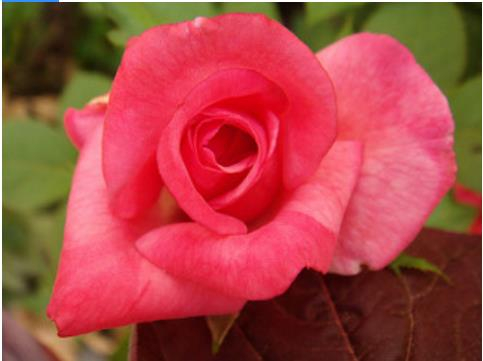如何使用 Tensorflow 来使用 keras 顺序 API 探索花卉数据集?
pythonserver side programmingprogrammingtensorflow
借助 ‘PIL’ 包和 ‘Image.open’ 方法,可以使用 keras 顺序 API 探索花卉数据集。不同的子目录有不同类型的花卉图像,可以对其进行索引并显示在控制台上。
我们将使用 Keras Sequential API,它有助于构建一个顺序模型,该模型用于处理简单的层堆栈,其中每个层都有一个输入张量和一个输出张量。使用 keras.Sequential 模型创建图像分类器,并使用 preprocessing.image_dataset_from_directory 加载数据。
数据有效地从磁盘加载。识别过度拟合并应用技术来缓解它。这些技术包括数据增强和 dropout。有 3700 朵花的图像。此数据集包含 5 个子目录,每个类别有一个子目录。它们是:雏菊、蒲公英、玫瑰、向日葵和郁金香。
我们使用 Google Colaboratory 来运行以下代码。Google Colab 或 Colaboratory 有助于在浏览器上运行 Python 代码,并且不需要任何配置,并且可以免费访问 GPU(图形处理单元)。Colaboratory 是在 Jupyter Notebook 之上构建的。
image_count = len(list(data_dir.glob('*/*.jpg')))
print("The number of images in the dataset is:")
print(image_count)
print("A glimpse of the dataset")
print("ROSES")
roses = list(data_dir.glob('roses/*'))
PIL.Image.open(str(roses[1]))
print("TULIPS")
tulips = list(data_dir.glob('tulips/*'))
PIL.Image.open(str(tulips[0]))
代码来源:https://www.tensorflow.org/tutorials/images/classification
输出
The number of images in the dataset is: 3670 A glimpse of the dataset ROSES TULIPS


解释
- 数据样本显示在控制台上。


